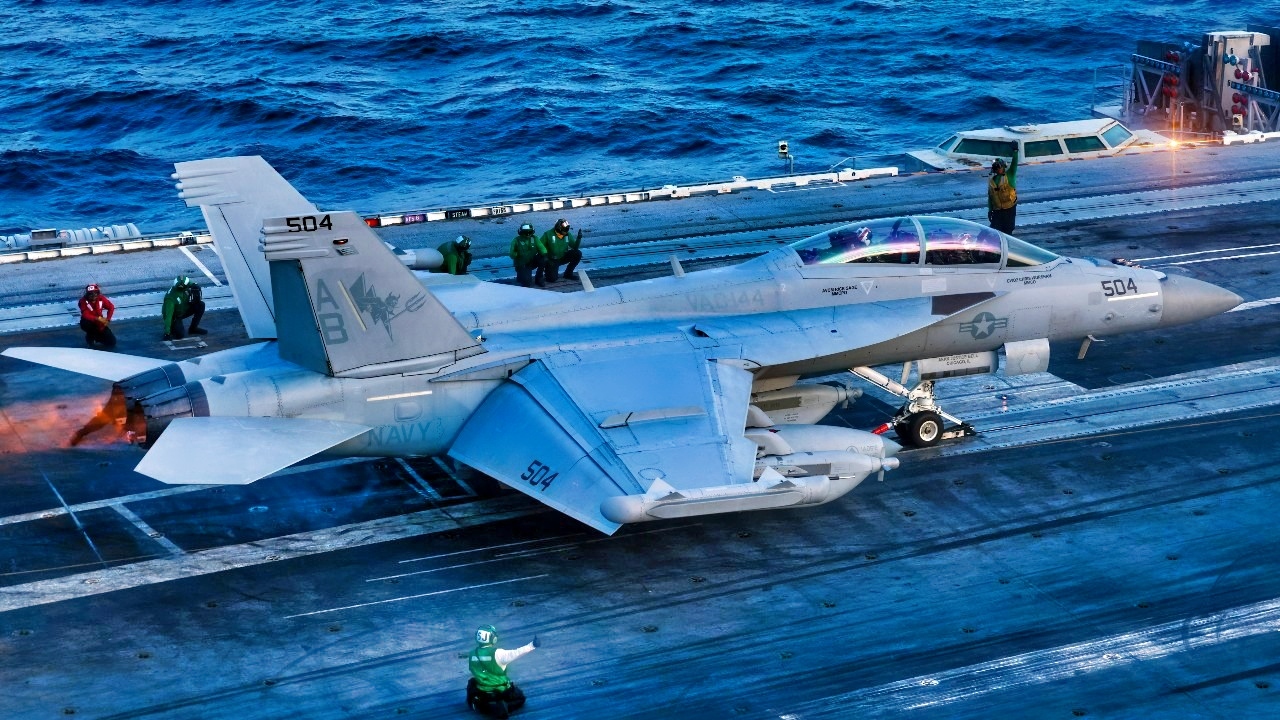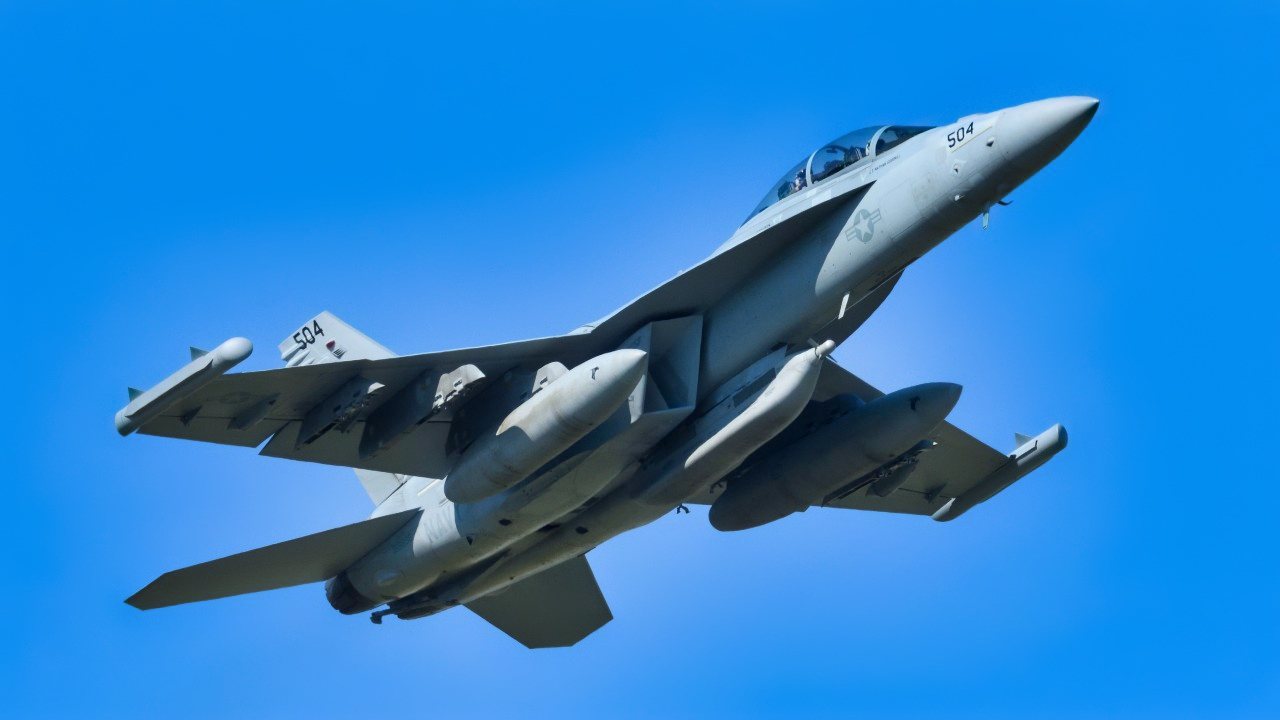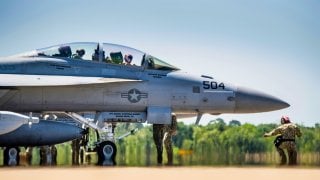U.S. Navy EA-18 Growler Wreckage Found: Both Aviators Confirmed Killed
Whereas the Super Hornet is a multirole fighter, capable of conducting a wide array of mission profiles including air-to-air and ground attack attacks, the Growler was developed specifically as an electronic warfare aircraft that can be employed to identify, disrupt, and destroy an enemy’s air defense system.
The wreckage of the United States Navy EA-18 Growler that crashed near Mount Rainier in Washington was discovered last week, but on Sunday the sea service confirmed that the two crew members were killed in the crash. The search and rescue operation shifted to a search and recovery mission.

On Monday, the U.S. Navy identified the crew members as naval aviator Lt. Serena Wileman and naval flight officer Lt. Cmdr. Lyndsay Evans.
The aircraft and crew, part of Electronic Attack Squadron 130 (VAQ-130) “Zappers,” had recently returned from a deployment with Carrier Air Wing 3 aboard USS Dwight D. Eisenhower (CVN-69). The Growler crashed during a routine training flight from Naval Air Station Whidbey Island.
The loss of the aircraft serves as a reminder that training missions are still serious business.
“It is with a heavy heart that we share the loss of two beloved Zappers,” said Cmdr. Timothy Warburton, commanding officer of the aviators’ Electronic Attack Squadron in a statement. “Our priority right now is taking care of the families of our fallen aviators. ... We are grateful for the ongoing teamwork to safely recover the deceased.”
Recovery Operations Underway
The U.S. Army had brought in special forces soldiers who were trained in mountaineering, and high-angle rescue operations, the Associated Press reported. The mountain troops and special technical communication systems were brought in after the aircraft was located at around 6,000 feet above sea level in a steep and heavily wooded area east of Mount Rainier.
An active volcano, Mount Rainier is covered with snow and glaciers year-round, which could complicate any recovery operations.
“Soldiers from 1st Special Forces Group (Airborne) based at Joint Base Lewis-McChord are assisting in the search,” the U.S. Navy said in a news release. “1st Special Forces Group (Airborne) brings specialized mountaineering, high-angle rescue, medical, and technical communication skills necessary to navigate the difficult terrain associated with the Cascade Mountain Range that is inaccessible by other means.”

The EA-18 Growler
While a price certainly can’t be put on the loss of the two aviators, the U.S. Navy operated just 160 of the pricey electronic warfare (EW) aircraft, which is no longer being produced. Each cost around $80 million, and while some U.S. Navy officials have suggested divesting the aircraft, the Growlers were recently employed in operations in the Middle East against the Iran-backed Houthi rebels.
The two-seat EA-18G Growler is a variant in the F/A-18 family of aircraft and even shares 90 percent commonality of components. It combines the proven Super Hornet platform with a sophisticated electronic warfare suite that performs a variety of functions, including communications jamming and countermeasures. It is the most advanced airborne electronic attack (AEA) platform and is the only one in service today.
Yet, whereas the Super Hornet is a multirole fighter, capable of conducting a wide array of mission profiles including air-to-air and ground attack attacks, the Growler was developed specifically as an electronic warfare aircraft that can be employed to identify, disrupt, and destroy an enemy’s air defense system. It was developed as a replacement for the U.S. Navy’s previous carrier-borne EW aircraft, the EA-6B Prowler.
The EA-18 Growler has operated from Naval Air Station Whidbey Island since 2008.
Author Experience and Expertise: Peter Suciu
Peter Suciu is a Michigan-based writer. He has contributed to more than four dozen magazines, newspapers, and websites with over 3,200 published pieces over a twenty-year career in journalism. He regularly writes about military hardware, firearms history, cybersecurity, politics, and international affairs. Peter is also a Contributing Writer for Forbes and Clearance Jobs. You can follow him on Twitter: @PeterSuciu. You can email the author: [email protected].
Image Credit: Creative Commons and/or Shutterstock.


